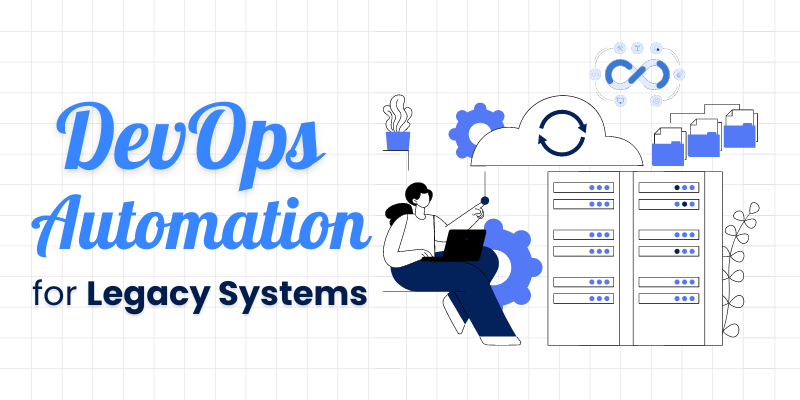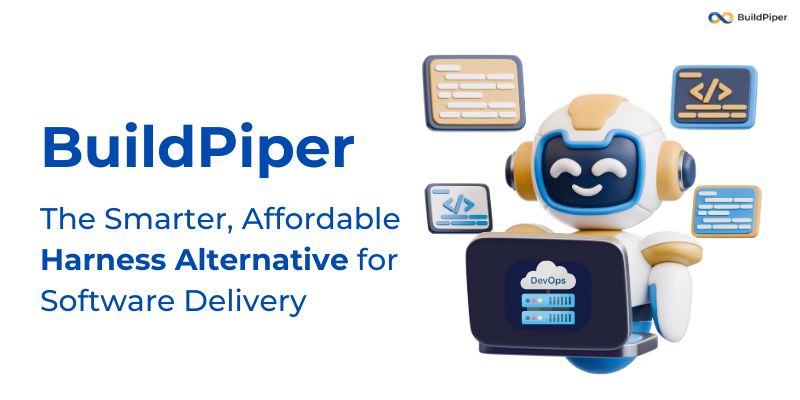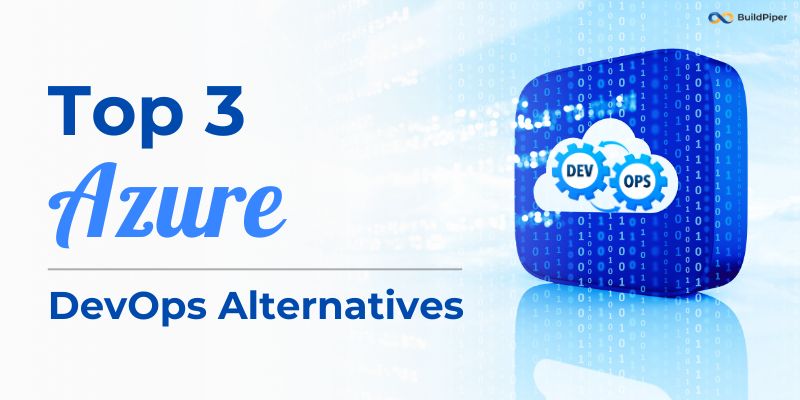One of the major challenges that today’s digitally connected businesses are facing is to keep up with the ever-changing technologies while maintaining stability and reliability in their operations. Many businesses are working with legacy infrastructure which is hampering their agility, productivity and scalability. Nevertheless, with the introduction of DevOps solutions and system automation, enterprises can transition their business infrastructure from traditional rigid architectures to progressive, dynamic and agile ones.
The Challenge of Legacy Infrastructure
Legacy infrastructure refers to outdated technology systems often recognized by monolithic architecture, manual processes and siloed operations. Such traditional systems were developed neglecting the needs of the current businesses. Legacy systems do not respond flexibly enough to the dynamic needs of modern-day companies.
Instead of sustaining legacy infrastructures that require pricy and time-consuming maintenance, DevOps automation can be a good option to go for. Manual activities, long development cycles and frequent shutdowns can be stumbling blocks when it comes to agility and creativity. On the other hand, these legacy systems are incompatible with new technologies and strategies, so it becomes difficult for enterprises to keep up with the dynamic market requirements.
The Role of DevOps Automation
DevOps, an organizational and technical approach that breaks down the barriers between development and operations, can be a promising solution to the challenges posed by legacy infrastructure. By promoting everything from collaboration and automation to continuous integration/deployment (CI/CD), DevOps enables enterprises to streamline processes, improve efficiency and accelerate innovation.
The introduction of automation, in particular, is carried out with the assistance of DevOps solutions. By embracing automation techniques, trivial tasks such as setting up infrastructure, setting up an environment and so on can be done in a short time with enhanced quality. Moreover, there will be fewer chances of failures and human errors will also be reduced.
Best Practices for Implementing DevOps Automation
Here are some of the best practices for implementing DevOps Automation. Let’s take a look!
Start Small and Iterate
Instead of implementing the automation process across the whole infrastructure at the onset and risking the system, start with small and insignificant tasks first and scale up from there. This will help teams know how the automation process is operating and identify any challenges that may occur. Also, it enables them to implement the automation plan effectively.
Embrace Infrastructure as Code (IaC)
IaC techniques enable organizations to develop and handle infrastructure in the form of code, allowing seamless deployments. By embracing this approach, teams can version control their environments, track changes and ensure consistency across different environments.
Implement Continuous Integration and Deployment (CI/CD)
CI/CD pipelines automate the process of developing, testing and deploying applications and enable organizations to onboard the updates as fast as possible. Thus, by automating the entire software delivery lifecycle using automation CI/CD process, teams can shorten the cycle time and improve cooperation between development and operations.
Invest in Monitoring and Analytics
Implement the right monitoring tools & approach to have better control and view of the system’s performance, find the main source of bottlenecks and promptly take quick action against the problem. Automated monitoring and alerting systems enable organizations to consider the bugs in the system and address the issues in advance before they impact the users.
Summing it UP
Introducing DevOps automation to replace the traditional legacy IT infrastructure is not just a technical necessity, but an actual strategy a business needs to survive in the current digital space. With DevOps techniques such as automation CI/CD, organizations will be able to bring in innovation, efficiency and agility while maintaining stability and reliability in their operations. Businesses can unlock new opportunities for growth and competitiveness in an increasingly dynamic marketplace, by replacing legacy systems with modern, automated environments.














